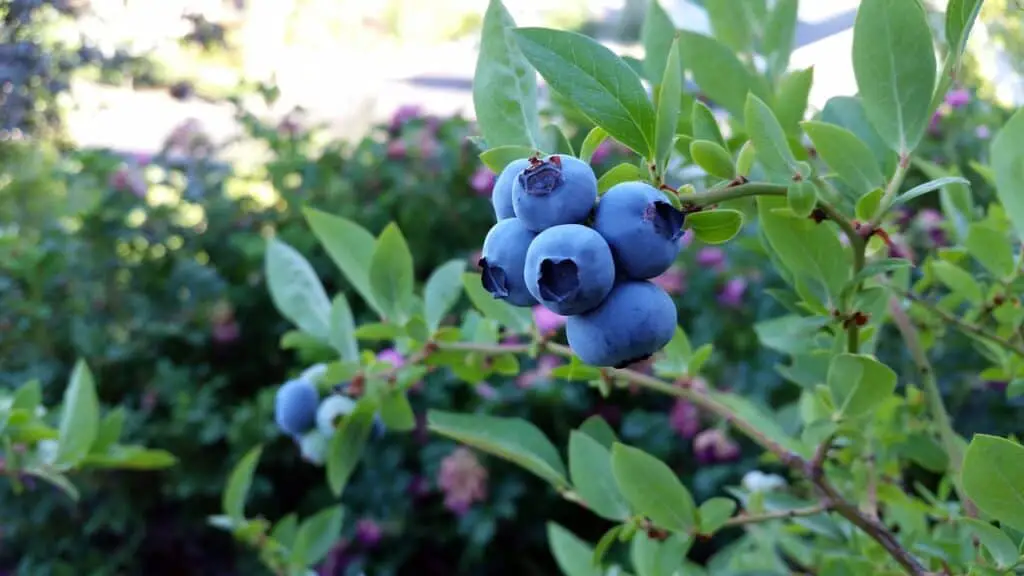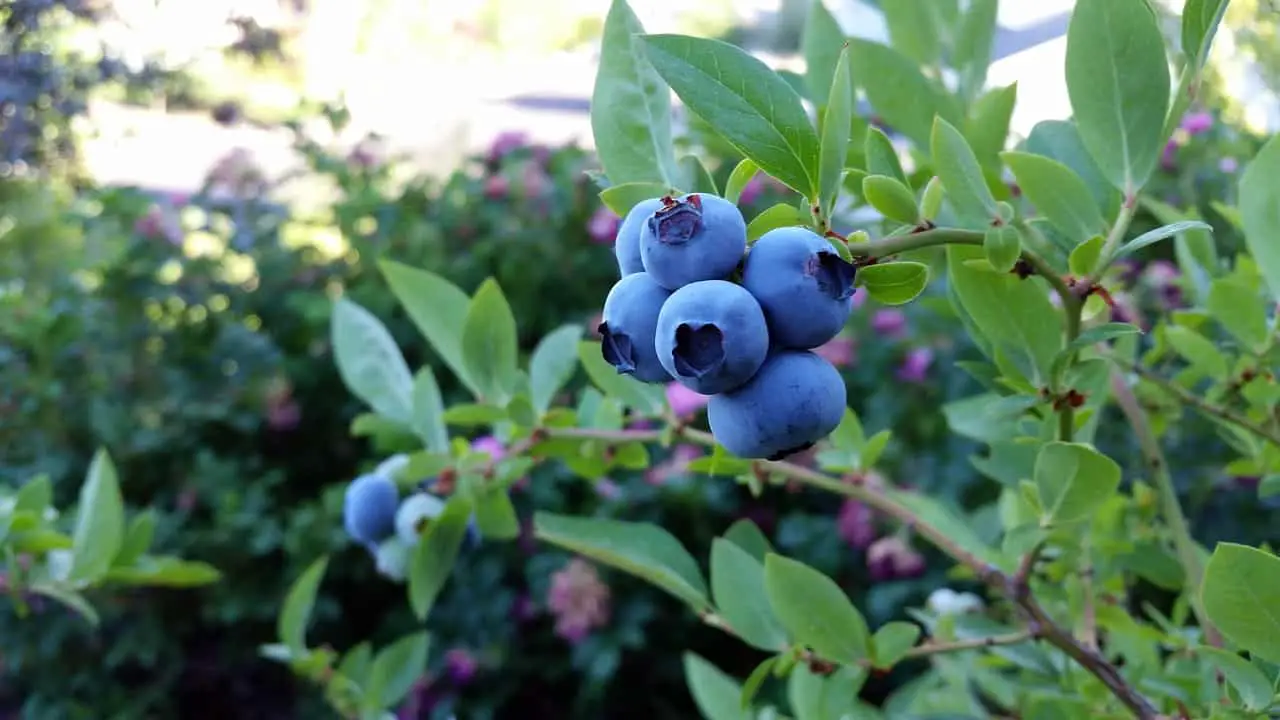Blueberry leaves, often overlooked, can be a surprising addition to the world of smoking blends. This article delves into the practice of smoking blueberry leaves, explores the historical context of Native American smoking blends, and considers other smoking mixtures, shedding light on what to do with leftover leaves and stems.
Blueberry leaves, often overshadowed by the allure of their plump and juicy berries, contribute significantly to the holistic potential of the entire blueberry plant (Vaccinium spp.). Understanding the characteristics of blueberry leaves and their potential applications sheds light on the versatility inherent in this botanical marvel.
Blueberry leaves are characterized by their elongated oval shape, serrated edges, and vibrant green color. The leaves are arranged alternately along the stems, creating a lush and verdant appearance.
The chemical composition of blueberry leaves contributes to their unique properties. Rich in flavonoids, polyphenols, and antioxidants, these leaves offer potential health benefits. The same compounds that contribute to the health benefits of blueberries can be found in their leaves.

Smoking Blueberry Leaves
Smoking blueberry leaves is an unconventional practice that has gained attention among herbal enthusiasts. The leaves, when dried and properly prepared, are believed to emit a mild, fruity aroma, adding a unique twist to the smoking experience. Some individuals who engage in herbal smoking experiments incorporate blueberry leaves for their potential flavor and aroma. It’s crucial to approach this practice with awareness and moderation, considering the lack of extensive scientific research on the health effects of smoking blueberry leaves.
Native American Smoking Blends
Native American smoking blends hold deep cultural and spiritual significance. Traditionally, various tribes have crafted smoking mixtures using a combination of herbs, plants, and tobacco. The inclusion of blueberry leaves, among other botanicals, reflects a holistic approach to smoking. These blends are often used in ceremonial contexts, with each herb chosen for its specific properties and symbolic meaning. Exploring Native American smoking traditions provides insight into the diverse uses of plants in cultural practices.
Smoking Mixtures
Beyond blueberry leaves, smoking mixtures encompass a wide array of herbs and botanicals. Herbal smoking blends have gained popularity as alternatives to traditional tobacco products. Common ingredients include herbs like sage, mint, and damiana, each contributing its unique flavor profile and potential effects. These mixtures are often crafted for relaxation, stress relief, or as sensory experiences. As with any smoking practice, it’s essential to prioritize personal well-being and be mindful of potential health implications.
What to Do with Leftover Leaves and Stems
Once the blueberry leaves have been used for smoking or crafting smoking blends, what remains are the leftover leaves and stems. Instead of discarding them, consider exploring creative ways to repurpose these botanical remnants. Some suggestions include composting to enrich soil, using them in potpourri for a natural fragrance, or incorporating them into DIY herbal teas for a continuation of the herbal experience.

FAQ
Can smoking blueberry leaves be harmful?
While some individuals enjoy smoking blueberry leaves for their unique aroma, it’s crucial to approach this practice with caution. Smoking, in any form, poses inherent risks to respiratory health. Limited scientific research exists on the specific health effects of smoking blueberry leaves, emphasizing the importance of moderation and awareness of potential risks.
Conclusion
In the diverse realm of herbal practices, smoking blueberry leaves emerges as a unique and unconventional choice. Whether exploring the fruity notes in smoking blends, delving into the cultural significance of Native American smoking traditions, or experimenting with diverse smoking mixtures, the world of herbal smoking offers a nuanced and sensory experience. Remembering to consider the potential uses for leftover leaves and stems encourages a sustainable approach to herbal practices. As with any herbal experiment, mindfulness, moderation, and respect for cultural traditions are key elements to a well-rounded and informed journey.

